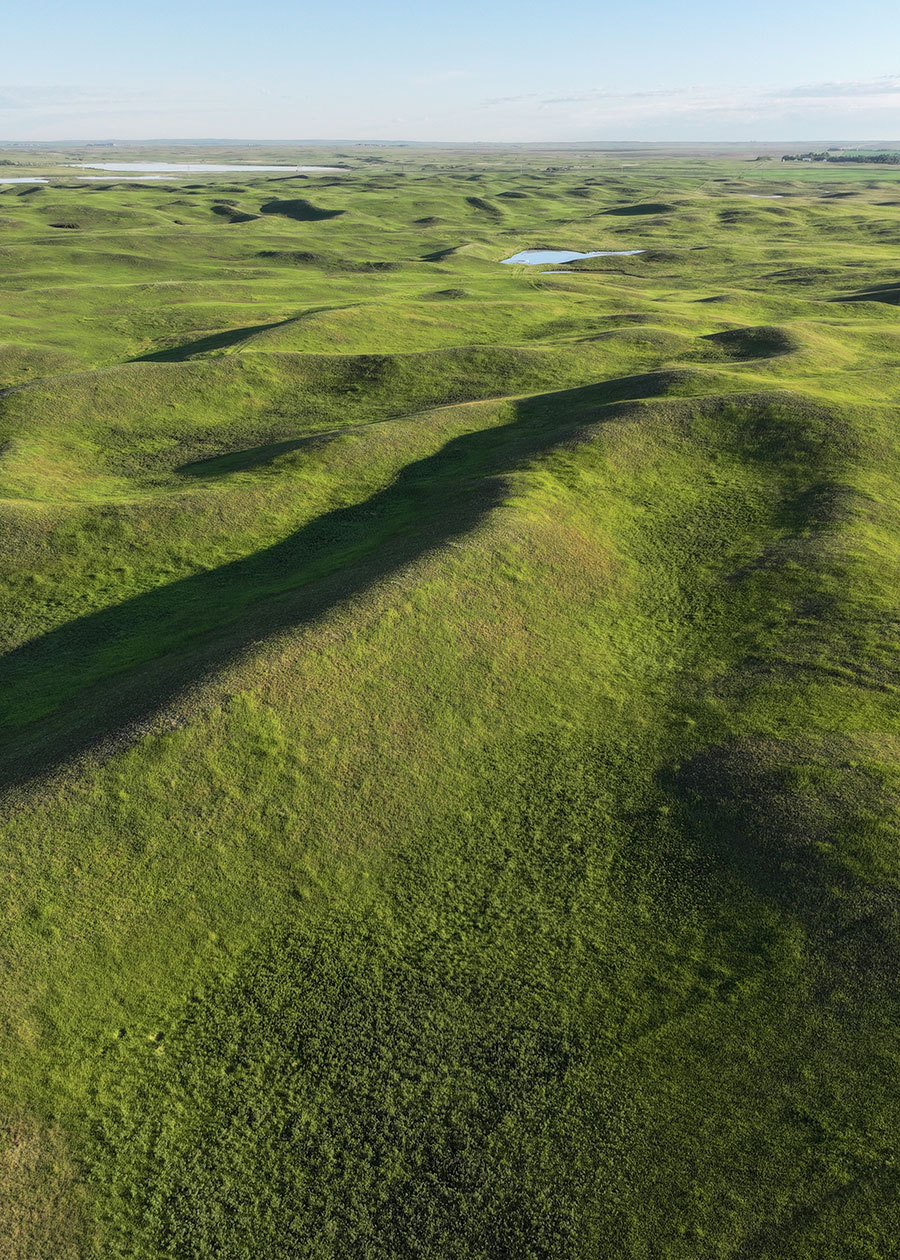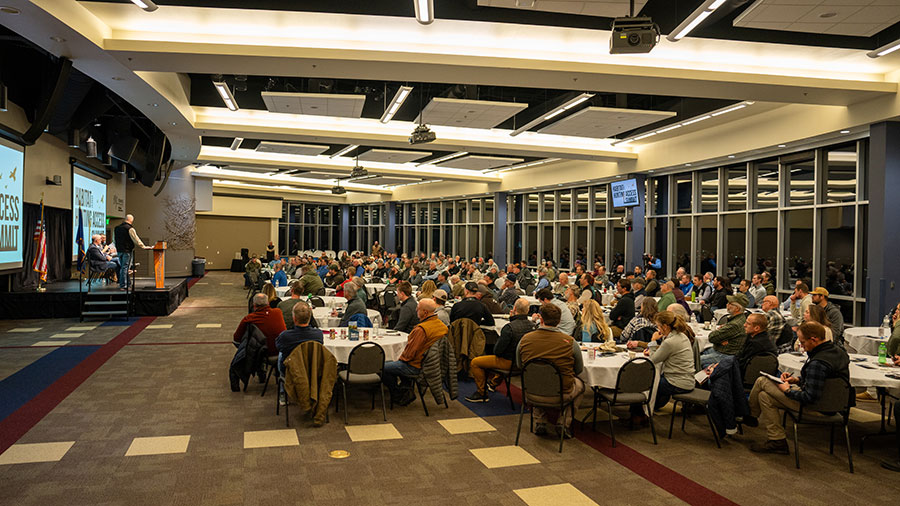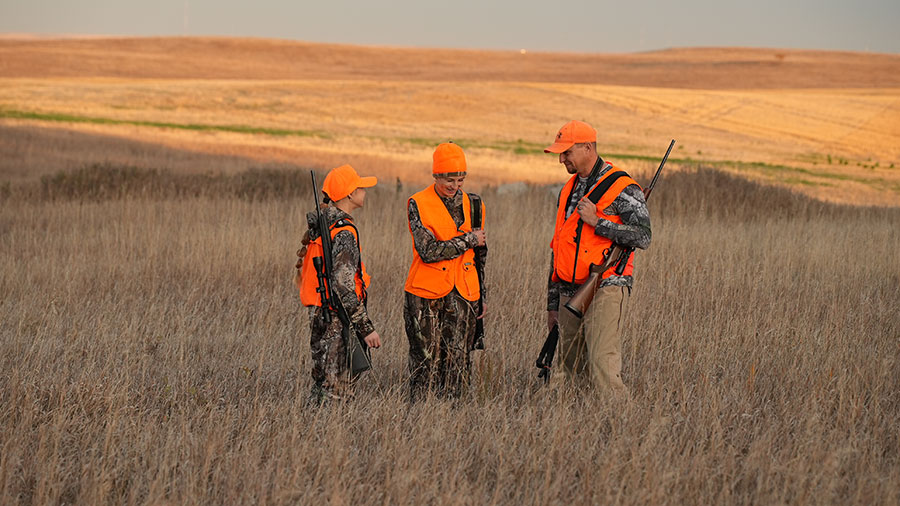State's Hunting Heritage at Stake
Ron Wilson

With fewer acres of wildlife habitat on the landscape and mounting obstacles to access lands that do harbor deer, pheasants and other wild game, North Dakota’s hunting heritage, a long-cherished way of life for many, feels like it’s at a tipping point.
“There’s just less available habitat and there’s more demand certainly for that habitat that’s left, which adds to some increasing challenges with accessing those acres,” said Kevin Kading, North Dakota Game and Fish Department private land section leader.
“We’ve heard from a lot of people on this issue, making it necessary to get everybody in the same room and try to learn about what we can do going forward.” That same room was BSC National Energy Center of Excellence, site of the North Dakota Habitat and Hunting Access Summit hosted by the Game and Fish Department.
“We held the summit to bring awareness to the issue of habitat loss and the increased difficulty in finding places to access for hunting in the state,” Kading said of the gathering held in mid-December and attended by landowners, hunters, lawmakers, wildlife managers and others.
“We wanted to provide information and data to the public to help them understand our efforts to put habitat on the ground and to try to solicit different ideas to develop a path forward so we can put more habitat on the ground and increase access for hunting.” Jeb Williams, Game and Fish director, said the summit and its focus carries significant weight because hunting isn’t just a tradition in North Dakota, it’s a way of life.
“It connects us to the land, to each other and to the future of wildlife conservation,” he said.
“Our goals are pretty clear … to strengthen relationships, bring broader awareness to wildlife habitat and hunting access in North Dakota and ultimately preserve the outdoor experiences that define our state.” Gov. Kelly Armstrong, a longtime hunter, addressed the 200 or so in attendance, underlining the importance of hunting to the state’s economy, workforce and longheld traditions.

“Every single time someone puts their gun away and says they’re done hunting because they can’t find anywhere to shoot a rooster, or just to have an opportunity to shoot a couple ducks, that means the likelihood of their kid hunting is almost zero,” Armstrong said. “And that’s really something that we should work on as landowners, as a government, as sportsmen … we should do everything we can to make sure that happens as few times as possible.” And there are ways in which we can do this, Armstrong added, and there are ways in which we can have these conversations.
“But none of it’s going to happen overnight. But we have to remember that if we don’t pass this on to the next generation, it will die out,” he said. “It’s too big a part of the fabric of North Dakota to let that happen.” Kading said the voices from hunters and landowners are becoming louder about the state of the state across North Dakota’s landscape.
Some of those calls are of frustration, while some are of concern.
“They’re wondering what they can do, where they can go, what it takes to put habitat on the ground or what all needs to happen in order for more habitat to be available,” he said. “And that, again, was part of the reason behind this summit was to try to get people in the same room and try to figure out ways we can work together and put more habitat and access on the ground.”
While wildlife habitat and hunting access aren’t one in the same, Kading said they’re closely related because if you don’t have the former, there isn’t much need for the latter.
“If you have good habitat, people want to get access to that in some way, shape or form, whether that’s just permission granted from the landowner or through a program like PLOTS or whatever it might be,” he said. “They run hand in hand.

